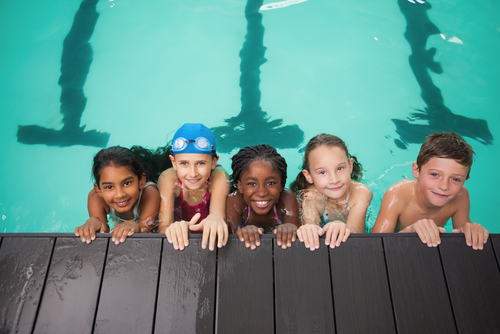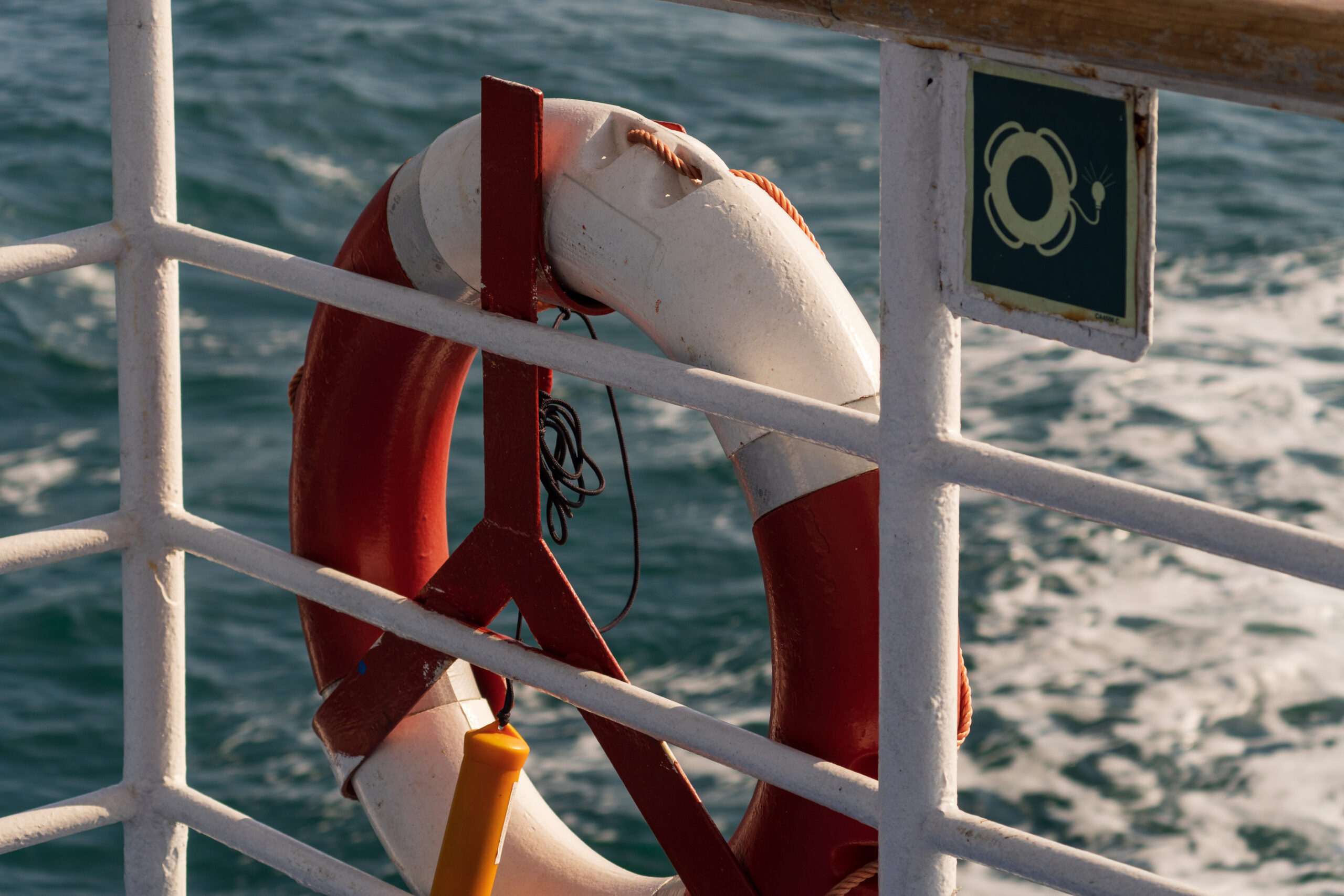 Who doesn’t love to spend a day at the beach, the lake, the river, or the pool? We all do! But, before you dive in, it’s important to exercise caution and stay safe in and around the water.
Who doesn’t love to spend a day at the beach, the lake, the river, or the pool? We all do! But, before you dive in, it’s important to exercise caution and stay safe in and around the water.
Swimming Safety Tips
Did you know that on average, 10 people die from drowning every day in the United States? Drownings are also the second leading cause of preventable death of children through age 15. Keeping the following safety precautions in mind when entering the water can help to keep you and your loved ones safe:
- Don’t go in the water unless you know how to swim, and never swim alone.
- Learn CPR and rescue techniques. Swim in areas supervised by a lifeguard if possible.
- Swimming in a pool is very different than swimming in a lake, a river, or the ocean because more strength is needed to handle currents. Make sure the body of water matches your swim skill level.
- If you get caught in a strong current, do not panic or try to fight it; stay calm and float with the current while swimming parallel to the shore until you can swim free.
- Stay close to land and swim within designated swimming areas.
- Never swim when lightning or heavy winds are in the forecast.
- Never drink alcohol when swimming. Alcohol is involved in more than half of all drownings.
- Drink plenty of liquids to stay hydrated. Take a break and get out of the water if you begin to feel cold, tired, or hungry.
- Consider wearing a U.S. Coast Guard-approved personal flotation device (“life jacket”) while swimming, especially while swimming in a large body of water, such as a lake or the ocean.
- Never leave your young child alone in the water. If you must leave, even only for a minute, take your child with you. If a child is missing, check the water first.
How to Respond
Knowing what to do in an emergency can save someone’s life. Here’s what to do in the following emergencies:
- Unconscious Swimmer: If you can safely get the victim to land, do so quickly, call 911, and begin CPR.
- Hypothermia: Prevent further heat loss. Warm the victim up slowly and seek medical attention right away.
- Rip Currents: Swim parallel to the shore until you are out of the riptide, then swim back to the shore. If you get tired, float on your back, and kick your feet for propulsion.
Boating Safety
 When it comes to safe boating, the margin for error is very slim. In 2019, the U.S. Coast Guard reported 4,168 accidents, 613 deaths, and 2,559 serious injuries. In the same year, the Coast Guard reported:
When it comes to safe boating, the margin for error is very slim. In 2019, the U.S. Coast Guard reported 4,168 accidents, 613 deaths, and 2,559 serious injuries. In the same year, the Coast Guard reported:
- 86% of drowning victims were not wearing a life jacket.
- 70% of deaths occurred on boats where the operator did not receive boating safety instruction.
- Operator inattention, improper lookout, operator inexperience, excessive speed, and alcohol use ranked as the top five primary contributing factors in accidents.
- The most common vessel types involved in reported accidents were open motorboats, kayaks, and personal watercraft.
What Can I Do to Operate My Boat Safely?
There are many things a boat operator can do to help to ensure the safety of their vessel, themselves, and their passengers when enjoying a day on the water while recreational boating, including:
- Take a U.S. Coast Guard Auxiliary Boating Safety Course
- Obtain a free copy of “A Boater’s Guide to The Federal Requirements for Recreational Boats” and your specific state’s boating laws handbook, such as “The Handbook of Georgia Boating Laws and Responsibilities” for the State of Georgia
- Avoid overloading your boat by checking your vessel’s capacity plate, usually found near the operator’s position at the helm or on the vessel’s transom, to determine the maximum weight capacity and number of people you can carry safely and then do not go over these values
- Use the “One-Third Rule” of fuel management to avoid running out of fuel (one-third of the fuel to go out; one-third to get back; and one-third held in reserve)
- Before getting underway, file a float plan and complete a pre-departure checklist, which is especially important when traveling on a large body of water or when navigating a new location
- Follow the three basic navigation rules: practice good seamanship, keep a sharp lookout, and maintain a safe speed and distance
- Ensure your navigational lights are fully operational before you get underway
- Verify that you have the correct number and type(s) of U.S. Coast Guard Approved Personal Flotation Devices (PFDs) or “life jackets”
- Do not drink and boat because boating under the influence (BUI) is a serious crime with very stiff penalties, and alcohol is one of the top contributing factors for boating accidents
- Check the weather forecast before heading out for a day on the water and continuously monitor the weather
- Maintain a comprehensive marine first aid kit onboard
- Always, always, always wear your Personal Flotation Device (PFD)
Water activities are fun and a great way to have a good time with your friends and family. Take these tips with you the next time you head for the water. Have fun, get wet, and make waves!
